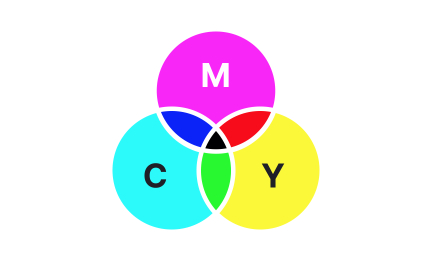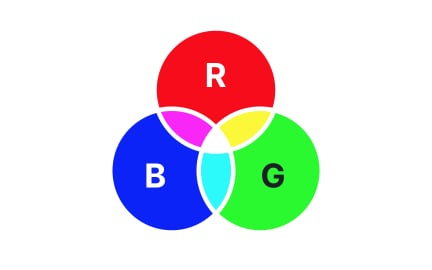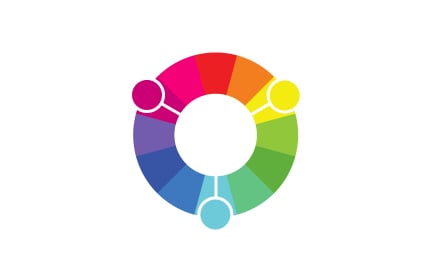Color
Color in design influences usability, emotions, and decision-making, serving as a core element in both visual communication and product strategy.

Color is one of the most powerful tools in design because it affects how users perceive, interact with, and remember products. It serves functional, aesthetic, and psychological roles, guiding attention, communicating meaning, and creating emotional impact. From user interfaces to brand identity, color choices influence how easily users can navigate and connect with a product.
In UX and UI design, color is essential for establishing hierarchy and usability. Designers use contrast to ensure readability, highlight important actions, and signal states like error, success, or warnings. Accessibility guidelines stress the need for sufficient contrast between foreground and background, ensuring all users, including those with visual impairments, can interact successfully. Without proper use of color, critical functions may go unnoticed, leading to errors or abandonment.
Product managers also consider color when aligning design with business goals. A carefully chosen palette can increase conversions, improve feature adoption, and reinforce brand recognition. For example, call-to-action buttons often use high-contrast colors like green or blue to stand out from surrounding elements. This strategic choice connects aesthetics to measurable outcomes such as clicks or completed purchases.
Real-world applications highlight color’s influence on user behavior. Streaming platforms like Netflix use red as a primary brand color to convey excitement and urgency. In contrast, financial apps often lean on blue palettes to communicate trust, stability, and professionalism. These examples show how color choices extend beyond visual appeal and tie directly to emotional associations that shape user perception.
Cultural differences also play a role in color usage. A color that communicates positivity in one region may convey something entirely different elsewhere. For global products, teams must research how palettes are interpreted across markets. For instance, white represents purity in many Western cultures but can signify mourning in parts of East Asia. Sensitivity to these nuances prevents miscommunication and builds stronger global adoption.
Learn more about this in the Color Properties Lesson, a part of the UX Design Foundations Course.
Key Takeaways
- Color guides attention, communicates meaning, and influences emotions.
- UX designers rely on color for hierarchy, contrast, and accessibility.
- Product managers use color strategically for conversion and adoption.
- Cultural context shapes color interpretation across global markets.
- Design systems ensure consistent use of palettes and states.
- A/B testing color choices can optimize engagement and outcomes.
Color impacts usability by helping users quickly distinguish actions, states, and information. Clear contrasts between text and background improve readability, while distinct button colors guide users toward completing tasks. When designers use consistent palettes, users learn to associate specific colors with certain actions, like red for errors or green for confirmations.
If color is poorly applied, usability suffers. Users may struggle to find key actions, misinterpret warnings, or abandon flows altogether. Optimizing color for usability creates experiences that feel more intuitive and require less cognitive effort.
Cultural context shapes how people interpret color, which can significantly affect product adoption. A palette that works in one region might send an unintended message in another. For instance, red often communicates danger in Western contexts but symbolizes prosperity in parts of Asia.
Product teams expanding globally must research and test color associations in each target market. This ensures the product feels both relevant and respectful, avoiding missteps that could alienate users or weaken brand trust.
Yes, teams can measure the impact of color through testing and analytics. A/B tests often reveal whether a certain button color leads to higher conversion or whether different palettes influence retention. By tracking task completion rates or click-through rates, teams can identify which choices improve outcomes.
Measurement demonstrates that color is not just aesthetic but strategic. Treating it as a variable to be tested and optimized allows design and product teams to tie visual decisions directly to business performance.
Recommended resources
Courses

Design Terminology

Color Psychology

HTML Foundations
Lessons

Intro to Color Theory

Color Properties

UI Design Deliverables
Exercises
Assessments
Tutorials

Mastering the 60-30-10 Rule in Design

How to Create Realistic Shadows in Creatie: A Step-by-Step Guide

12 Principles & Best Practices of Dark Mode Design
Projects

Headspace sign-up page accessibility optimization

UX/UI Case Study for Inclusive Landing Page for Parliament of Georgia

















